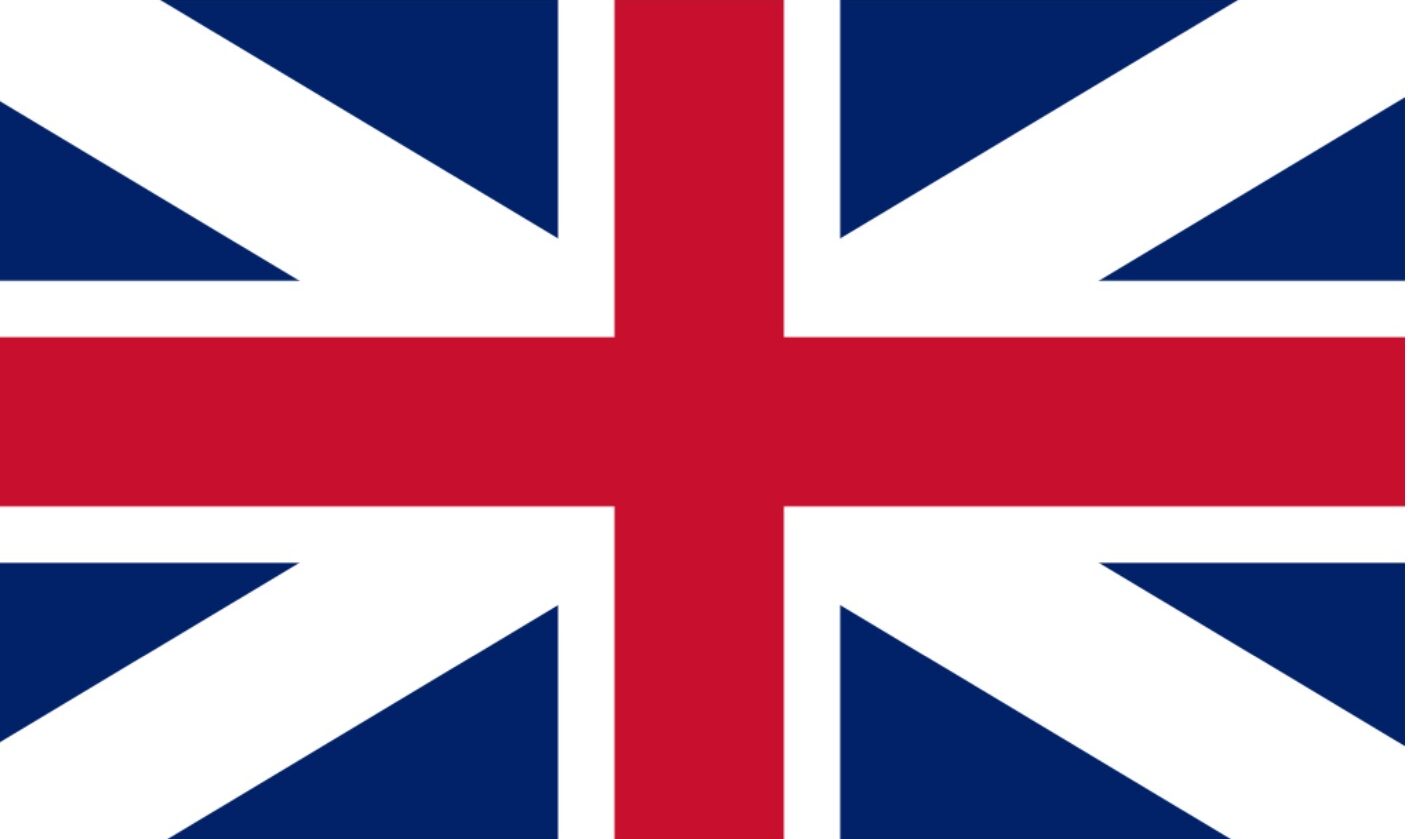George Chisholm was born 19 July 1752 in the parish of Croy, Scotland. He was the second youngest of seven children born to John Chisholm and Janet MacGlashan. Croy is situated to the northeast of Inverness very near where the Battle of Culloden was fought on 16 April 1746. The family had lived there for at least two generations but it is not known why they were so far removed from the main clan holdings in the Glen Affric area. Life in the highlands after Culloden was pretty grim and Scotland, as a whole, was suffering from over-population. The Clearances had not yet reached the area but in the summer of 1773 George Chisholm joined some 400 other highlanders on the chartered ship Pearl and set off for the Port of New York. George settled in Kortright Township at the Head of the Delaware River in the Catskill Mountains. His brother, John, followed in 1774.
On 1 May 1777, he and several other loyalists had their property confiscated. That summer Burgoyne brought war into the Province of New York and the two brothers joined the highlanders recruited by Capt John Macdonell and participated in the first skirmishes to be fought against the rebels on this frontier at The Flockey and with St Leger at Oriskany. George did not stay with Macdonell but headed east to join the army of General Burgoyne where he served as a carpenter. He was at work on the defences at Sugar Hill, later Mount Defiance, at Ticonderoga. When they were attacked by Continental Rangers under Captain Ebenezer Allen, he was taken prisoner. He escaped and by 1778 was in New York where he was a member of the Highland Volunteer Militia under Captain Normand Tolmie. In the summer of 1778 he married Barbara, daughter of William McKenzie, a refugee from the Scotch Settlement on Ouleout Creek, a tributary of the Susquehanna. Their first two children were born there: Janet, who died in infancy and Mary Christina who later married Ephraim Land, son of Robert Land UE.
In 1783, George and his family joined about 2500 Port Roseway Associates and moved to what became Shelburne, Nova Scotia. During their seven-year stay in Nova Scotia, George and Barbara had four more children: John, who married Sarah Davis; James, who died in infancy; William who married Rebecca Silverthorne and went on to found the town of Oakville, and Barbara, who married George King of Flamborough.
By 1790 George was not able to provide for his growing family in Nova Scotia so he sold out and moved to the Niagara Area where his brother, John, had settled after leaving the US. In 1792 he signed the address of welcome to John Graves Simcoe. He found employment working on the construction of Fort Erie and their next child, George Jr, was born there. George Jr, my great-great grandfather, married Eliza McCarter, daughter of Oziah McCarter UE and Abigail Land.
In 1793 George petitioned Governor Simcoe for a Loyalist land grant and by Order in Council dated 11 July he was allowed 400 acres of the waste lands of the Crown. He and Charles King had already jointly purchased 600 acres on the north shore of Burlington Bay for which they paid £150 New York currency. His part of the land comprised lots 1 in Broken Front and 1st and 2nd Concessions of East Flamborough Township. The last of their children were born there: twins Christie, who died in infancy and Nancy who married Dr A.K. McKenzie of Sandwich, Ont.
George timbered his land, exporting barrel staves to England and was appointed a Justice of the Peace in 1796. He also served as the government negotiator with the Mississauga Indians for the purchase of the land to the east of his. In August 1797 this 3,000 acre parcel was granted to Joseph Brant for his services during the Revolutionary war. Brant called it Wellington Square.
George held a commission as a captain in the 2nd Regiment of York Militia. In 1812, at the age of sixty, he marched to Niagara with his three sons but was not permitted to remain. He died in 1842 at the age of ninety and was buried beside his wife in the family plot on Filman’s Point on the north shore of Burlington Bay. As he was a founding member of Barton Lodge in Hamilton, thirty-four fellow masons attended his funeral.
submitted by George F. Chisholm, CD, UE
